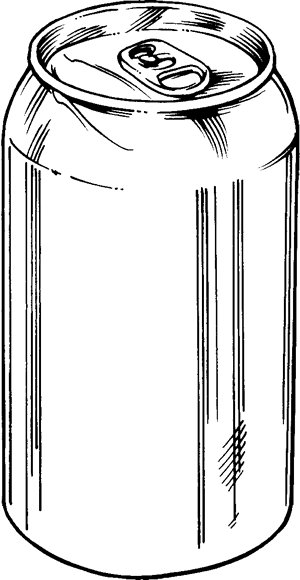
Let’s dive into this topic and explore how these adorable animals can act in the wild. We’ll look at their behaviors, potential for aggression, and what you should keep in mind if you ever encounter one. So, grab a comfy seat and let’s chat about everything sea otters, the risks, and the realities.
Understanding Sea Otter Behavior
Sea otters are fascinating creatures. These marine mammals usually weigh between 50 to 100 pounds, making them a bit larger than a typical dog. They’re playful and social, often seen frolicking together in groups, or rafts. But just because they’re cute doesn’t mean they’re always gentle.
Their playful demeanor can sometimes mask their more aggressive side. Sea otters have sharp teeth and powerful jaws that they use to crack open shellfish. They can be surprisingly strong for their size. This strength can lead to confusion about their intentions if they feel threatened or cornered.
You might be wondering, “What triggers this aggressive behavior?” Well, like many animals, they’ll act defensively if they feel their territory is being invaded or if they’re protecting their young. So while they’re generally not out to harm humans, it’s crucial to remember that they are still wild animals.
Incidents of Aggression
While sea otters aren’t typically dangerous to humans, there have been rare instances of aggression. Most of these cases arise when they feel threatened or stressed. For instance, if someone gets too close to a mother with her pups, she might react defensively.
Consider this: in the wild, otters often face threats from larger predators like sharks or orcas. If they perceive a human as a potential threat, they might defend themselves. This doesn’t happen often, but it’s certainly something to be aware of.
It’s essential to respect their space. Maintain a safe distance and don’t attempt to touch or feed them. This keeps both you and the otters safe, allowing them to thrive in their natural habitat without feeling the need to defend themselves.
Are Sea Otters Disease Carriers?
Here’s another angle to consider: sea otters can carry diseases that might be transmitted to humans. One notable concern is toxoplasmosis, a disease caused by a parasite often found in cat feces. Sea otters can become infected when they eat contaminated shellfish.
While the risk of contracting diseases directly from otters is low, it’s still something to think about—especially for those who might come into contact with the water where they live. Plus, otters can be affected by pollutants in the water, which can impact their health and the ecosystems they inhabit.
If you’re ever near sea otters, it’s best to wash your hands thoroughly after touching anything in their environment. This is just a good practice when interacting with any wildlife.
How to Observe Sea Otters Safely
If you’re lucky enough to see sea otters in the wild, it can be a truly magical experience. But remember, safety should always come first. Here are some tips on how to safely observe sea otters:
- Keep a distance: Use binoculars or a camera zoom to enjoy the view without getting too close.
- Respect their space: If they’re lounging on the surface, don’t try to swim or kayak near them.
- Avoid feeding them: This can disrupt their natural foraging habits and might lead to aggressive behavior.
- Educate yourself: Learn about their behaviors and habitats to better understand these animals.
Following these simple guidelines ensures you’re respecting their environment while enjoying the beauty of these remarkable creatures.
The Role of Sea Otters in Their Ecosystem
Sea otters play a crucial role in their marine ecosystems. They help control sea urchin populations that would otherwise overgraze kelp forests. Without otters, these forests could disappear, leading to a decline in biodiversity. This is a perfect example of how intertwined nature can be.
So, when you think about the potential danger sea otters might pose to humans, it’s important to balance that understanding with their role as keystone species. Keeping their populations healthy is vital not just for them but for the entire ecosystem.
By protecting sea otters, we’re also protecting the environments that countless other sea creatures rely on. It’s a beautiful cycle, don’t you think?
In summary, while sea otters aren’t typically dangerous to humans, it’s crucial to remember they are wild animals with strong instincts. Their playful nature can sometimes hide a more aggressive side—especially if they feel threatened.
So, the next time you picture a sea otter floating in the water, remember there’s more to them than meets the eye. Respect their space, enjoy watching them from afar, and appreciate all they do for their environment. After all, these little furballs are not just cute; they’re vital to ocean health. Keep that in mind, and you’re likely to have a positive experience should you encounter them in the wild.

